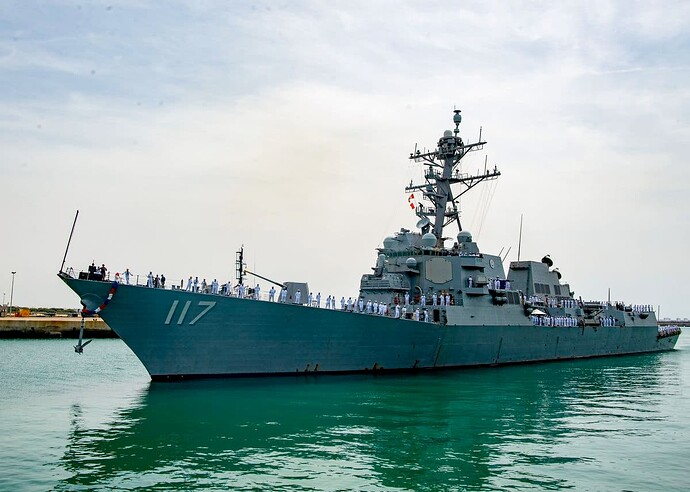Back in January, in what was a rare showing of consensus on a global security topic, the United States, Russia, China, the UK and France jointly agreed that “a nuclear war cannot be won and must never be fought”. The pledge, the result of months of talks, was summarized by a senior U.S. state department official at the time as: “an acknowledgement that it is something that we want to avoid”.
Now though, with increasingly threatening rhetoric from Russia, U.S. President Biden has said that Putin is “not joking when he talks about potential use of tactical nuclear weapons", warning: “I don’t think there’s any such thing as the ability to easily (use) a tactical nuclear weapon and not end up with Armageddon”. Adding historical context, Biden said: “We have not faced the prospect of Armageddon since Kennedy and the Cuban Missile Crisis.”
Currently, as Statista's Martin Armstrong notes, there is estimated to be almost 13,000 nuclear warheads in the hands of nine countries.
At the top of the list, as compiled by the Federation Of American Scientists (FAS), are of course Russia and the U.S. with a combined arsenal of over 11,000. The FAS warned in late 2021 that “instead of planning for nuclear disarmament, the nuclear-armed states appear to plan to retain large arsenals for the indefinite future. All continue to modernize their remaining nuclear forces…and all appear committed to retaining nuclear weapons for the indefinite future.”

You will find more infographics at Statista
However, Armstrong goes on to explain that in 2019, a NATO-affiliated body released and subsequently deleted a document that apparently confirmed something that had been suspected for a long time - U.S. nuclear weapons are being stored at air bases in several European countries. A copy of the document was published by Belgian newspaper De Morgen which stated that B61 nuclear bombs are stored at six bases in Europe.
As a factsheet from the Center for Arms Control and Non-Proliferation details, the bases in question are Kleine Brogel in Belgium, Büchel in Germany, Aviano and Ghedi in Italy, Volkel in the Netherlands and Incirlik in Turkey.

You will find more infographics at Statista
The presence of the weapons stems from an agreement during the Cold War in the 1960s aimed to deter the Soviet Union and convince the countries involved that starting their own nuclear weapons programs was not necessary.
The B61 is a low to intermediate-yield strategic and tactical thermonuclear gravity bomb which features a two-stage radiation implosion design. It is capable of being deployed on a range of aircraft such as the F-15E, F-16 and Tornado. It can be released at speeds up to Mach 2 and dropped as low as 50 feet where it features a 31 second delay to allow the delivery aircraft to escape the blast radius.



